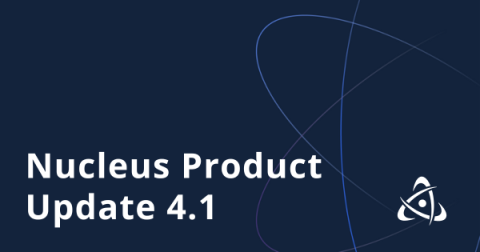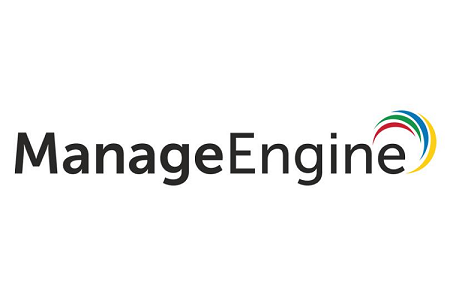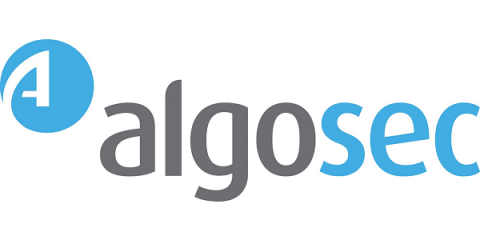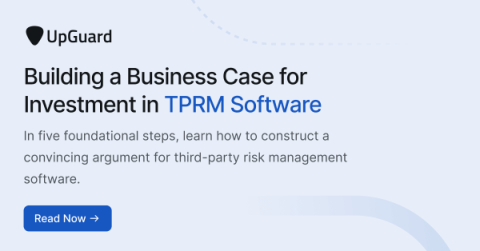Nucleus Product Update 4.1
Welcome to the Nucleus Product Update 4.1. It’s a new year with new things to get excited about together. Here’s to making 2024 a great one! 🥳 This update outlines lots of Nucleus happenings you don’t want to miss, including: We’re also including a link to our latest webinars, which are value-packed sessions you don’t want to miss. Get the details for all updates below.









